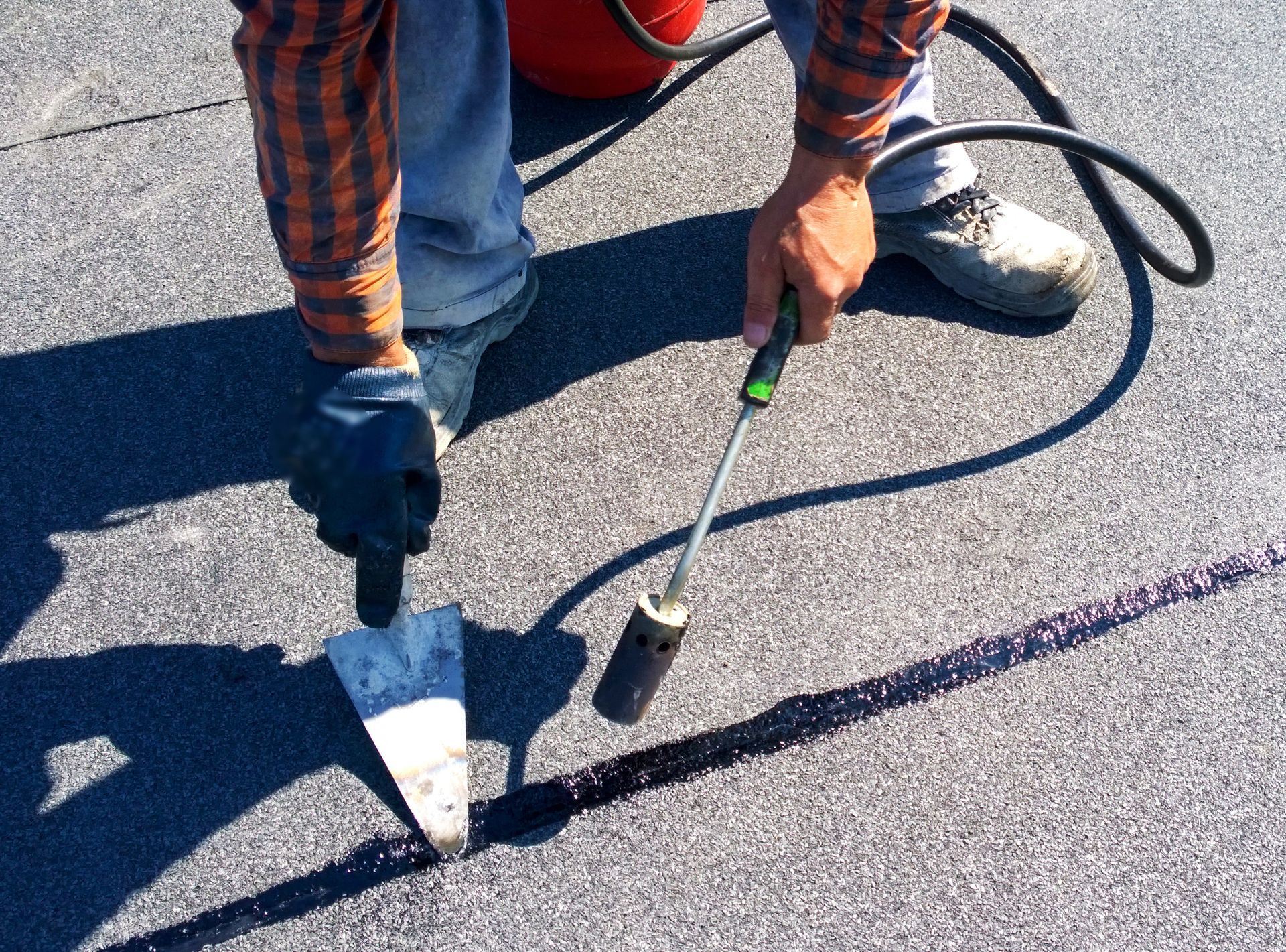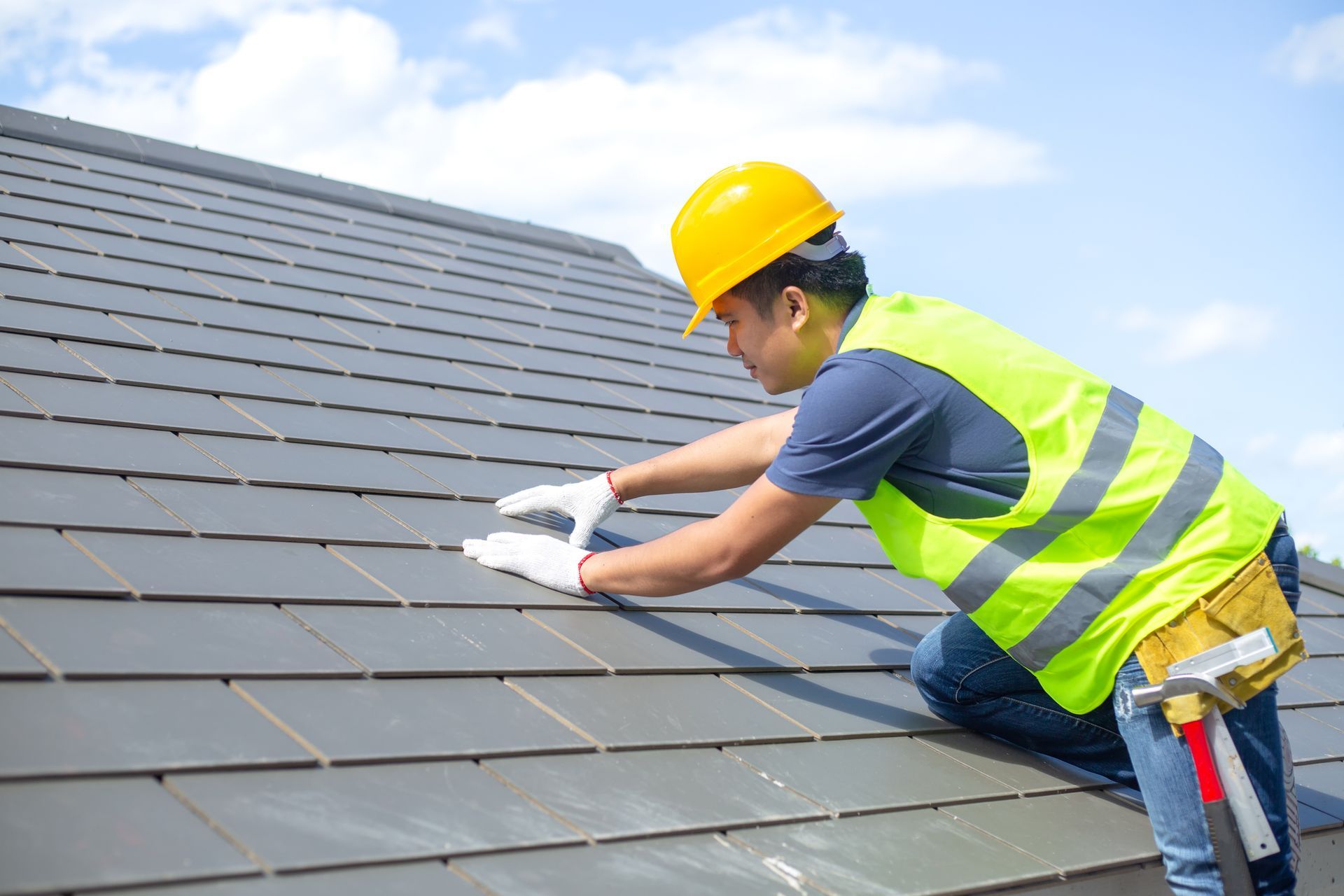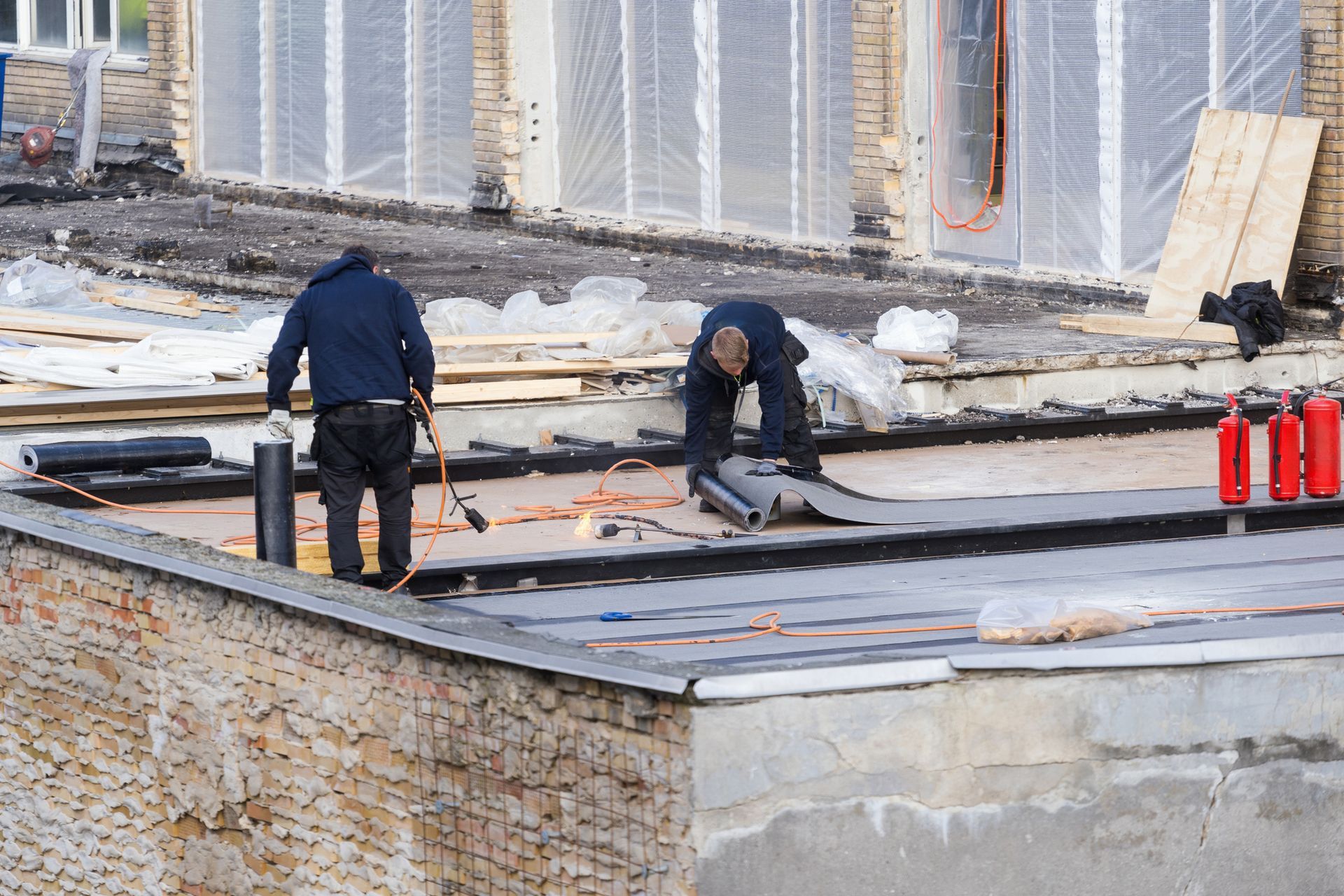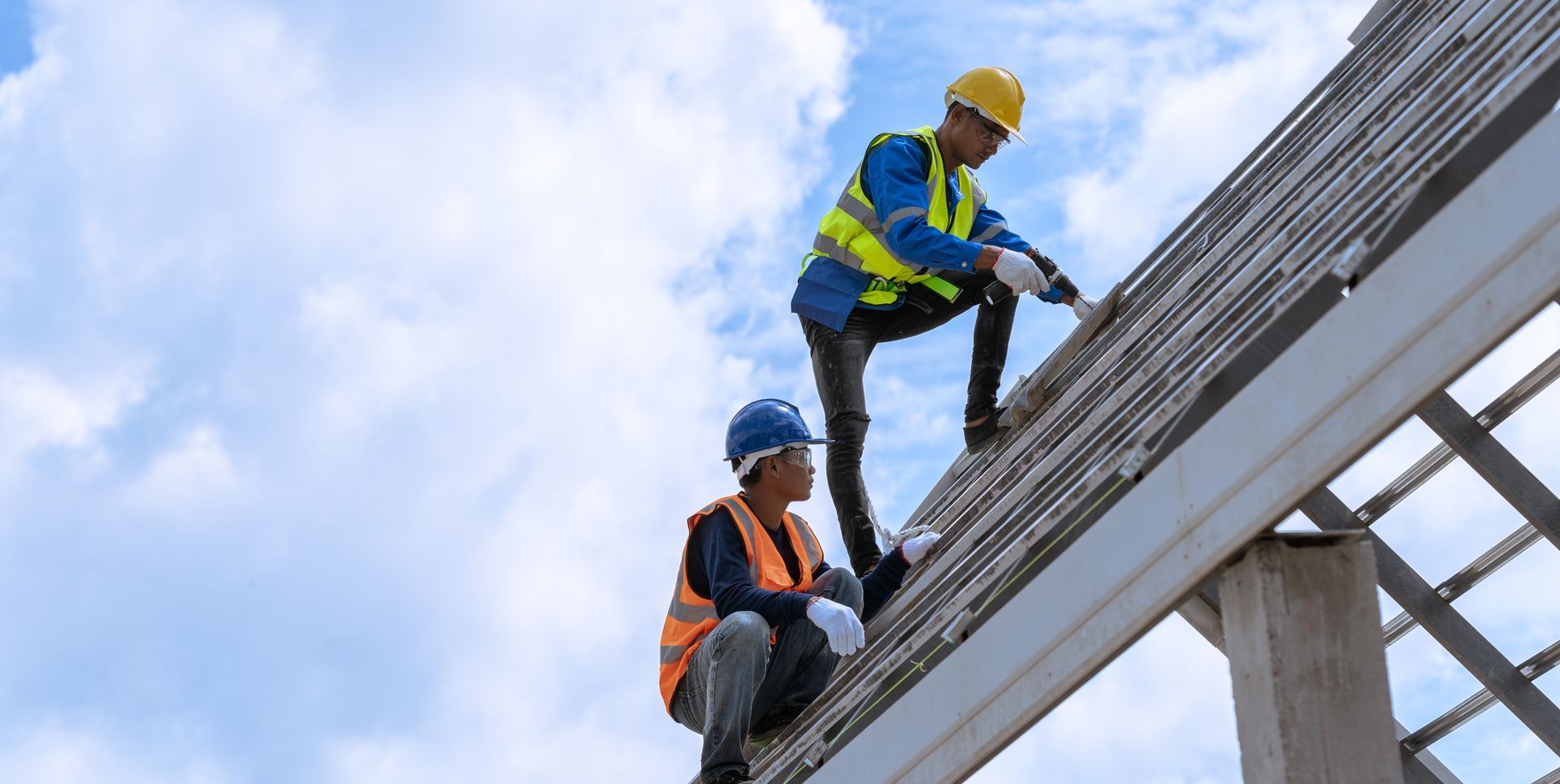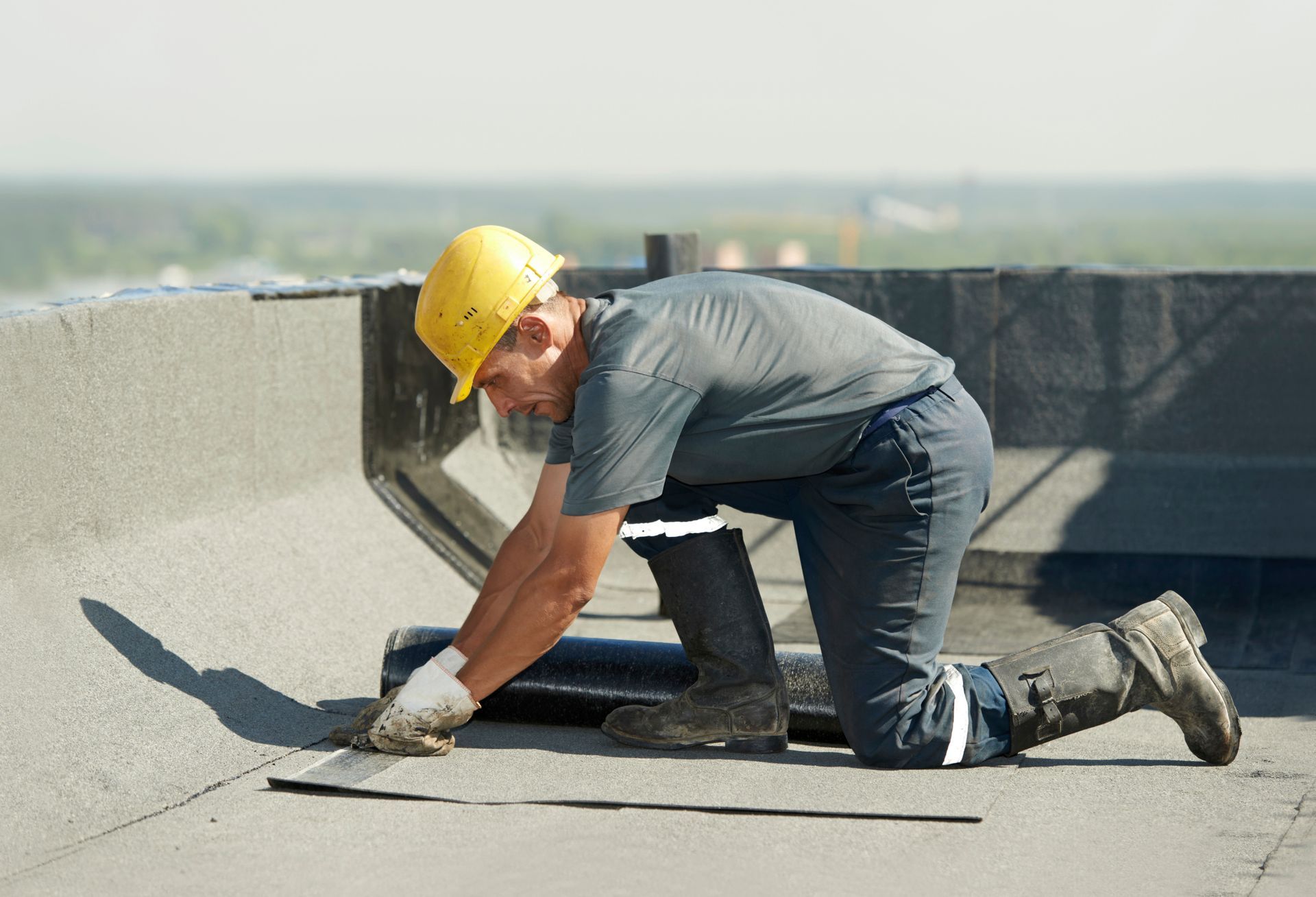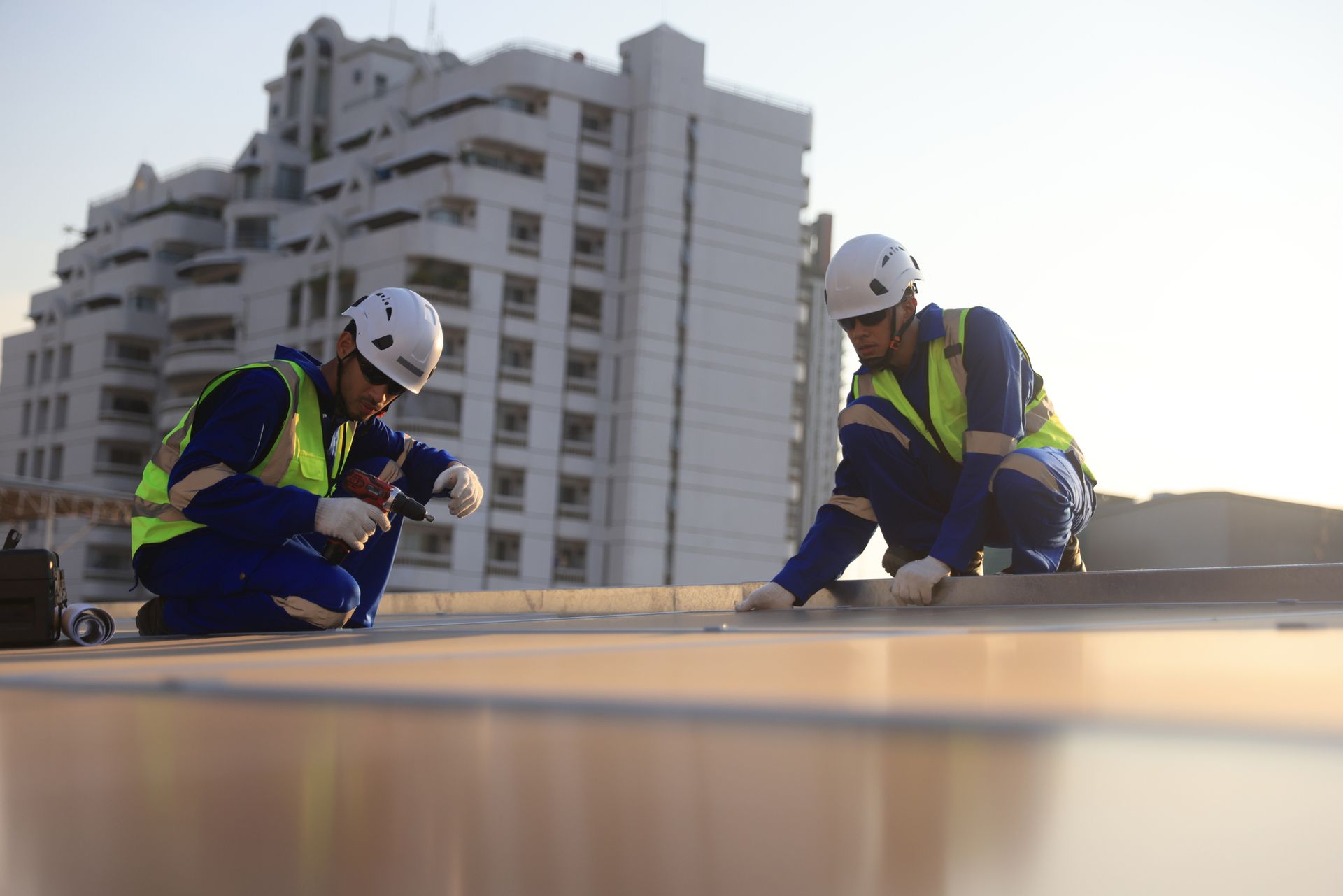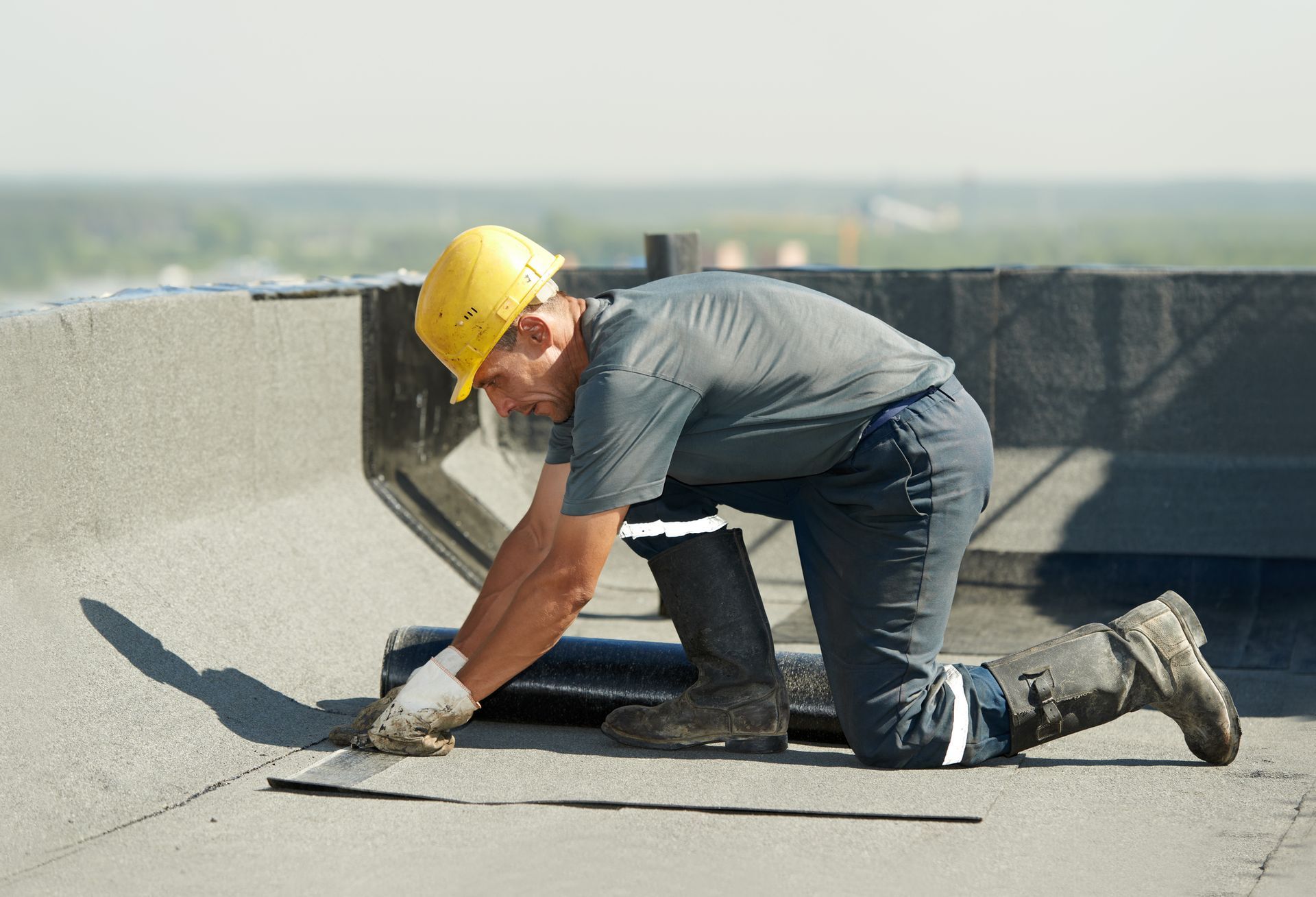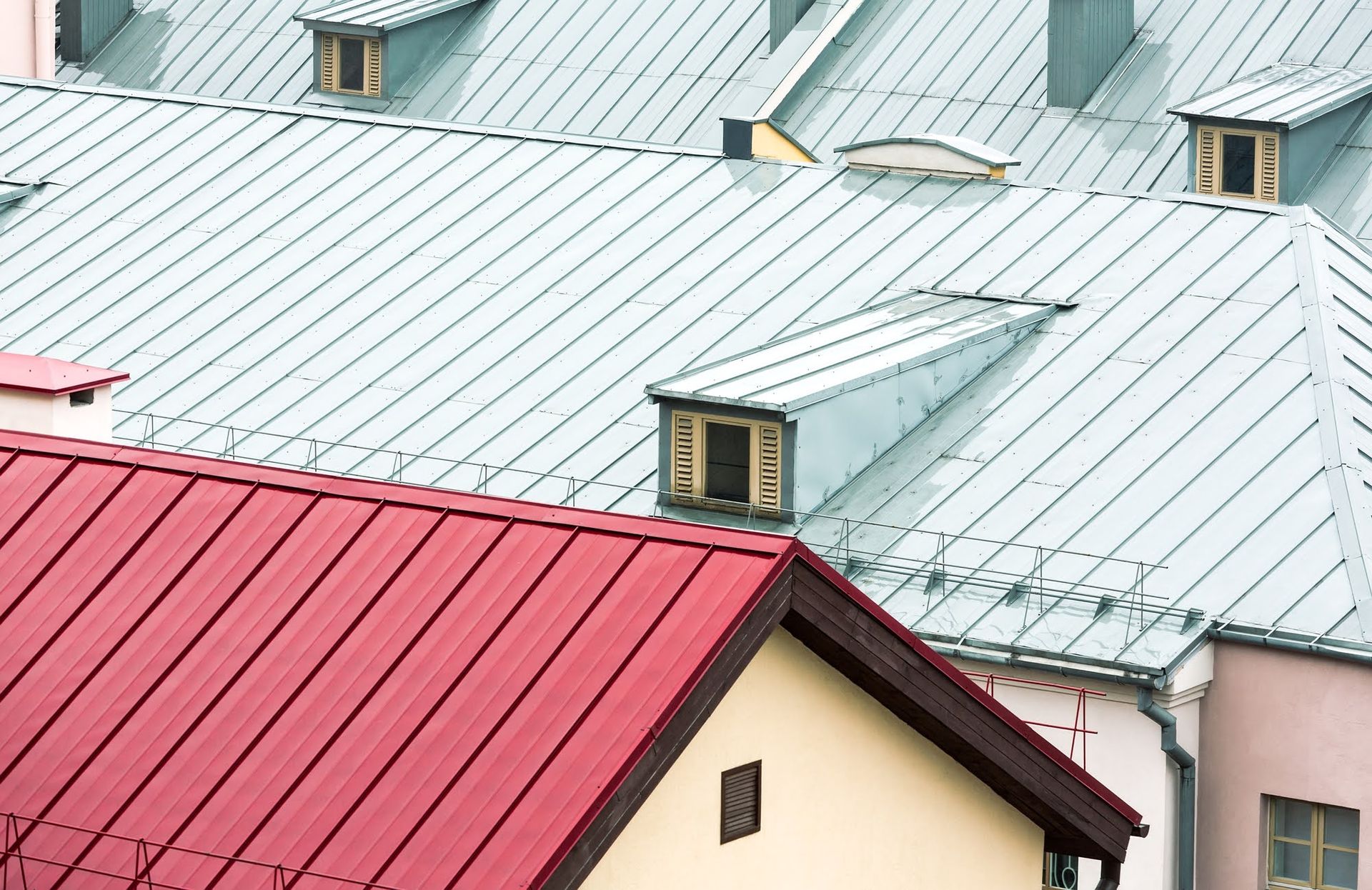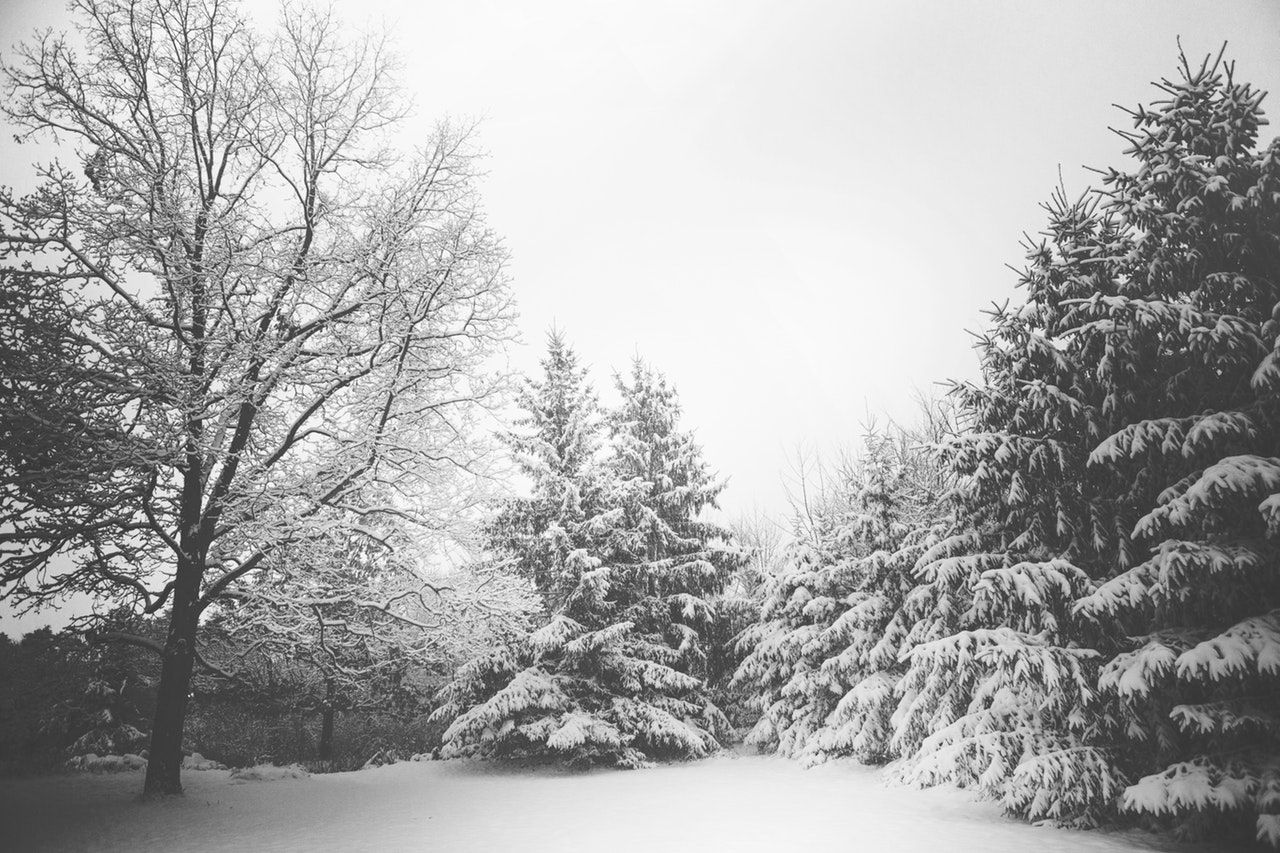3 Signs That Your Metal Roof Might Need Help

When you purchase a metal roof for your commercial facility, you want to get the full benefit of this roofing material’s good looks, superb durability, and many years of longevity. Unfortunately, not even metal can claim immunity to damage and deterioration, which, in turn, can lead to structural failure and a greatly shortened lifespan.
The more you know about the kinds of issues a metal roof can develop, the more easily you can spot common trouble signs, understand their implications, and schedule the right sort of professional assistance. Discover three trouble signs to put on your list.
1. Changes in Roofing Contours
Ideally, your facility’s metal roof will boost a smooth surface across both its panels and its standing seams. In reality, however, metal roof panels often show signs of irregularities or buckling. Roofers refer to this phenomenon as oil canning.
Oil canning may appear during the initial manufacturing or installation process; it may also develop naturally as temperature changes cause the metal to expand and contract. If a previous installer used the wrong fastening clips for your particular roofing panels, oil canning may result.
You may find some degree of oil canning inevitable as an inherent characteristic of metal roof panels. However, you can still take steps to make it less visible. For example, if you have a dark-colored roof, consider repainting it in a lighter earth tone to help hide oil canning.
If you plan on replacing an old metal roof that suffered badly from oil canning, find out what strength of metal the roofers originally installed. You may have the option of switching to a stronger, thicker material that resists oil canning more successfully.
2. Rust
Rust represents a notorious (and common) menace to any metal structure that must withstand damp or humid conditions. Modern metal roof products include paint finishes that protect the underlying metal against rust. Even so, patches of rust can develop, spoiling the roof’s looks and threatening its structural integrity.
If you see patches of rust on your metal roof, take note of where they occur. For instance, rust along the edges of a metal roof panel may indicate a problem known as edge creep. The cut edges of roofs can suffer increased vulnerability to corrosion. Roofers can solve this problem by adding flashing or extra paint to the edges.
A similar kind of problem can occur when repeated vibration or movement between metal panels produces tiny cracks or other breaches that allow unprotected edges to corrode. If you see rust forming between roof panels, check the roof for cracks or other weaknesses.
Rust spots on the roof panels may have developed due to scratches or scuffs on the paint that expose the bare metal. Rain, wind, hail, and flying debris can all contribute to this damage. Roofers can usually fix superficial rust issues of this type by removing the rust and then touching up the scratches or scuffs with a paint pen.
If you see rust spots where two metal structures on your roof touch, your roof may suffer from galvanic corrosion. Dissimilar metals (such as galvanized steel and copper) can corrode each other when an anode and a cathode come into contact.
A leaky metal roof may mean that a section of the metal has rusted completely through. Inspect leaks immediately before they have a chance to weaken or damage other parts of your commercial facility.
3. White Residue
The appearance of white residue on your metal roof signifies a problem called chalking and fading. Chalking and fading occurs when years of ultraviolet radiation cause the paint to deteriorate. A chalky powder may form on the top of the paint surface, while the paint itself may lose some of its pigmentation.
Chalking and fading presents no imminent danger as far as your roof’s structure; it mainly counts as a cosmetic defect. However, the longer you let the problem go unaddressed, the less easily you can paint over it. Severe chalking and fading may require the roofing team to remove all the old paint before repainting.
The earlier you notice any of these issues, the more easily and affordably you can fix them. The most sensible approach involves scheduling twice-yearly preventative maintenance inspections. Experienced roofing technicians know how to spot and interpret common trouble signs.
Roofers can detect many problems that you might never see. For instance, roofing technicians routinely check a roof’s rivets, screws, or other fasteners that might need replacing or adjusting. They can also identify and fix loose roof panels or flashing, sealing tiny breaches as needed.
Whether you have spotted signs that your metal roof needs help or you just want to keep it in optimal condition, Berwald Roofing & Sheet Metal has the expertise you seek. Contact us today to schedule an inspection. We look forward to speaking with you.
The post 3 Signs That Your Metal Roof Might Need Help appeared first on Berwald Roofing Inc.


